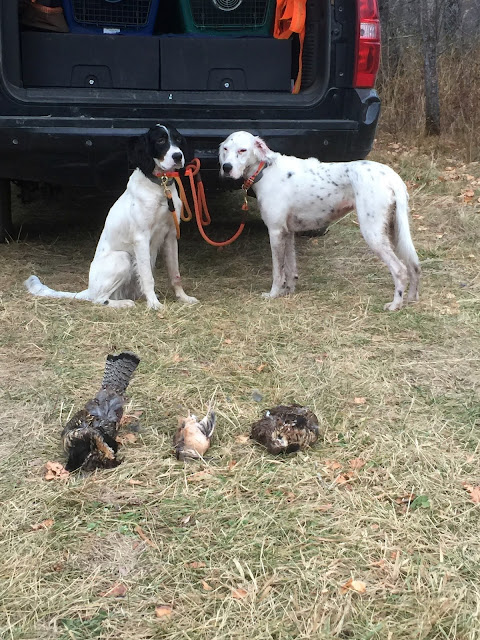Grouse hunters are always chasing the next great shotgun
A low electronic hum created an ambient sound that complemented a smell that was a mix of what I could only guess was steel, gun oil, and concrete well aged in this fluorescent-lit room hidden in the back of a parking lot. The industrial metal door thumped shut like we were barricading ourselves from a zombie apocalypse. A Purdey over-under leaned against a dusty workbench to my immediate right, the surfaces filled with what seemed like a disastrous maze of tools, parts, and who knows what else, that with the slightest touch could send piles cascading to the ground like an avalanche just waiting for a tipping point. Stephen Hutton of Britannia Sporting Arms, AKA “Doc,” spoke with a thick English accent in slow, deliberate precision to Gregg Elliot, a gun writer, and double gun connoisseur.
Without delay, we soon huddled over one of Gregg’s original Fox A Grades, disassembled next to the newer Savage Fox A Grade. As I snapped pictures, Doc spoke. “Would you like me to take it down further?”
It was no shock what we would find. Despite their similar names, these guns are not the same. The modern version is a rendition of the Connecticut RBL made more in commemoration of the original A Grade in name and looks but not mechanics. Gregg took careful time to show me the inner tooled workings of the original shotgun. You could see the markings of chisels and faint memories of a fine American craftsman long gone.
On the surface, when a grouse hunter walks out of the woods, side-by-side in hand, grouse dog in tow, bell jingling around a modern GPS collar, it does not look much different than 100 years ago. Yet innovation is at every corner in the modern age. New technical fabrics, more durable and practical boots, even the advancement of electronics have infiltrated this timeless pursuit. It is an exciting time to be a hunter. Yet a paradox exists in the double guns we carry. The introduction of the Anson and Deeley action by Westley Richards in England, or more commonly referred to as the boxlock, was invented in 1875 and as Elliot wrote in the article The Insult That Conquered the World, “If you’ve ever fired a side-by-side or over-under, there’s a 99.9 percent chance your hands have touched one of Westley Richards’s patents.”
This was not the first time I found myself looking over Elliot’s shoulder learning the ins and outs of the double gun. We had traveled to Italy together the year before where we spent a few days touring the Beretta factory. This is where the paradox began to reveal itself to me. As we looked at a 3-D printer and a perfect digital rendition of the inside of an actual gun barrel right before our eyes, I realized there was no bounds to how precise a double gun could be.




